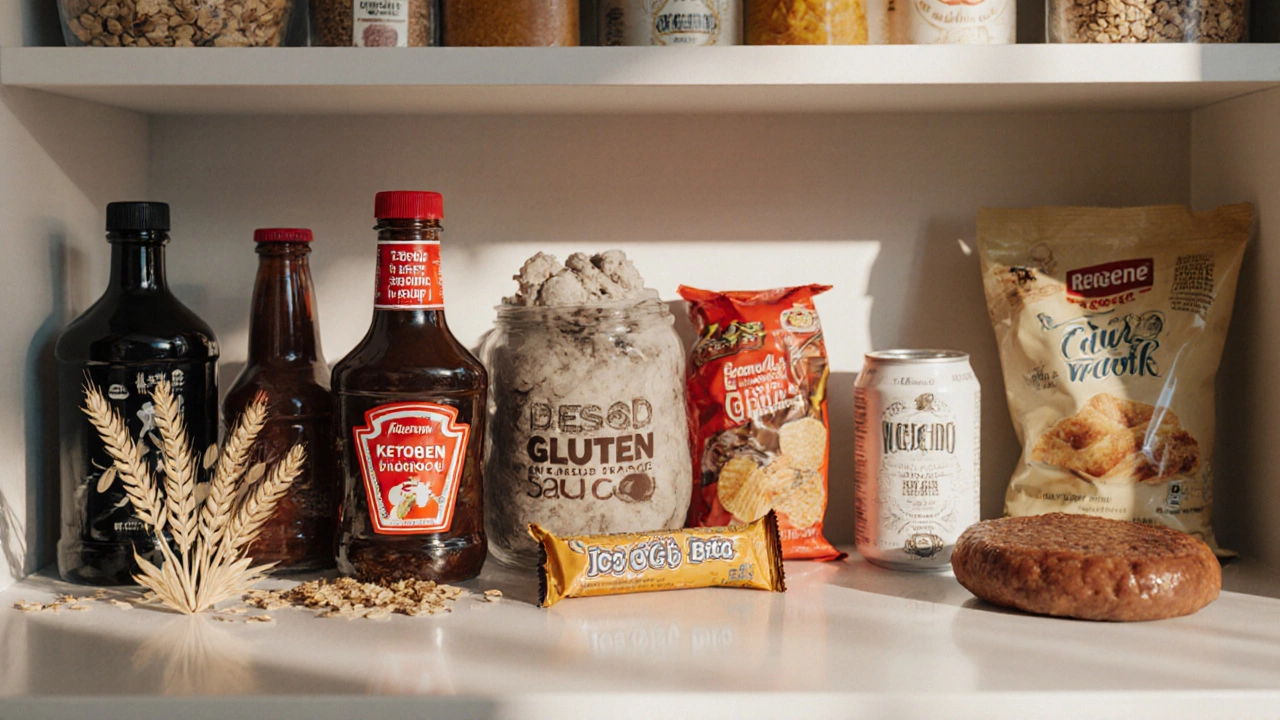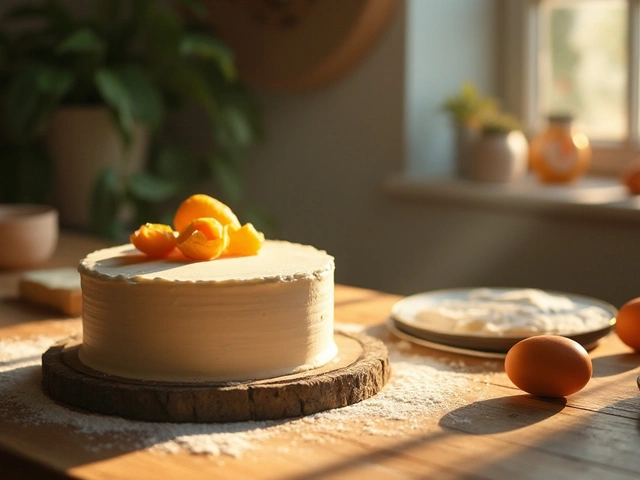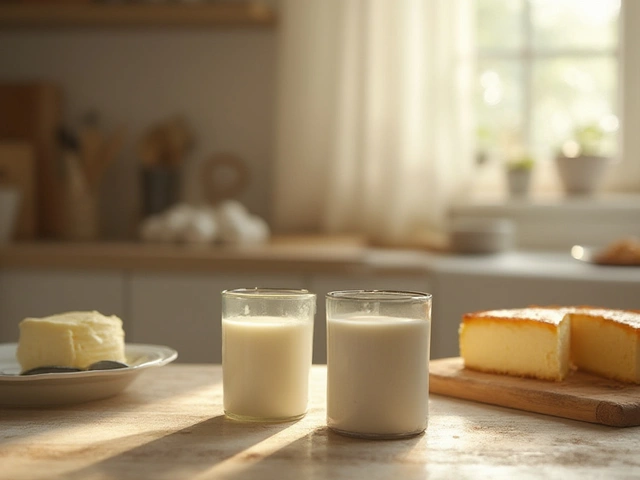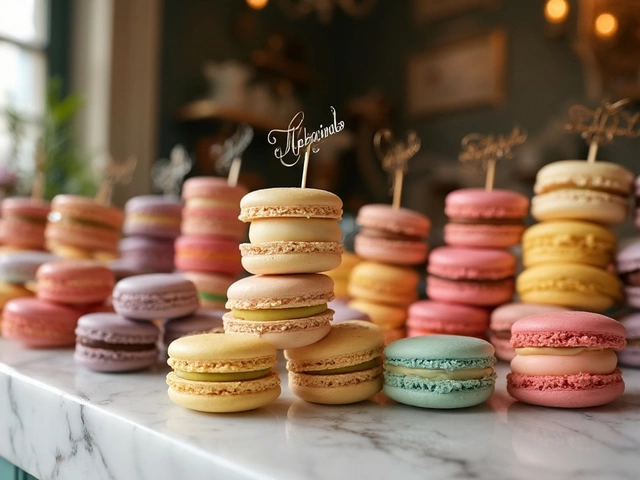Unexpected Gluten: What It Is and Why It Matters
When working with Unexpected Gluten, gluten that shows up in foods where you’d never think it belongs, often because of hidden ingredients or cross‑contamination. Also known as hidden gluten, it can wreck a gluten‑free recipe or trigger symptoms for anyone with celiac disease. Understanding how cross‑contamination works and what wheat alternatives are available helps you bake safely and keep your desserts tasty.
How Unexpected Gluten Sneaks In
Unexpected gluten often hides in processed items like flavorings, thickeners, or even canned fruit. For example, a seemingly plain “apple sauce” may contain a wax coating derived from animal sources that also includes wheat‑based polymers. Those tiny particles become the culprits behind a cake that sinks or a brownie that turns crumbly. The same thing happens in kitchens where shared equipment—mixing bowls, spatulas, or baking trays—has touched wheat flour earlier in the day. That cross‑contamination can add just enough gluten to change the texture of a gluten‑free cake, making it dense or causing it to collapse.
People with celiac disease or severe gluten sensitivity rely on strict avoidance. A single gram of hidden gluten can trigger inflammation, so the stakes are high. The science shows that the gluten protein gliadin binds to the small‑intestine lining, causing damage over time. That’s why identifying the source of unexpected gluten isn’t just a cooking problem—it’s a health issue.
One practical way to spot hidden gluten is to read ingredient lists carefully. Look for terms like malt, barley starch, modified food starch, and hydrolyzed vegetable protein. These often signal wheat‑derived ingredients. Even “natural flavors” can be a red flag because they’re sometimes derived from wheat derivatives. When you shop, choose products that carry a certified gluten‑free label to reduce risk.
Beyond reading labels, consider the environment. In a home kitchen, designate a specific set of tools for gluten‑free baking. A separate mixing bowl, whisk, and even a dedicated oven rack can cut down on accidental transfer. If you bake in a shared space, rinse all surfaces with hot, soapy water and wipe them dry before starting a gluten‑free batch. Those simple steps stop the sneaky gluten from hopping onto your batter.
Now, let’s talk about the alternatives that keep your desserts light and airy. Almond flour, coconut flour, and rice flour each bring different moisture‑holding capacities. Almond flour adds richness, coconut flour soaks up extra liquid, and rice flour offers a neutral base. Mixing these in the right ratios—often a 1:1:1 blend—gives you the structure that wheat gluten usually provides without the actual gluten. That blend is a core part of many of the recipes in our collection below.
Another key factor is the use of binding agents. In gluten‑free baking, xanthan gum, psyllium husk, or chia seed gel replace the elasticity gluten gives. Adding a teaspoon of xanthan gum per cup of flour can mimic gluten’s stretch, preventing a cake from sinking. Psyllium husk, when mixed with water, forms a gel that holds air bubbles, giving a light crumb. Those binders are highlighted in posts like “Gluten‑Free Cakes Sink: Why It Happens & How to Prevent It” and “Why Are Gluten‑Free Cakes So Dense? Common Problems and Helpful Solutions.”
Finally, temperature and timing matter. Gluten‑free batters often need a slightly longer bake at a lower temperature to let the alternative flours set properly. Over‑baking can dry the cake, while under‑baking leaves a gummy center that traps gluten particles from the environment. Using an oven thermometer and following the “soft‑ball stage” advice from our fudge guides can help you get the right texture without the surprise gluten.
All these tips—reading labels, separating tools, choosing the right flour blend, adding binders, and baking at the correct temperature—work together to keep unexpected gluten out of your sweet treats. Below you’ll find a hand‑picked selection of articles that dive deeper into each of these areas, from troubleshooting sunken gluten‑free cakes to spotting hidden gluten in everyday foods. Browse the list to sharpen your skills, avoid common pitfalls, and bake desserts that are both safe and delicious.

Hidden Gluten Foods You Didn’t Expect
Discover the surprising foods that contain gluten, learn how to spot hidden sources, and keep your celiac diet safe.
View More




